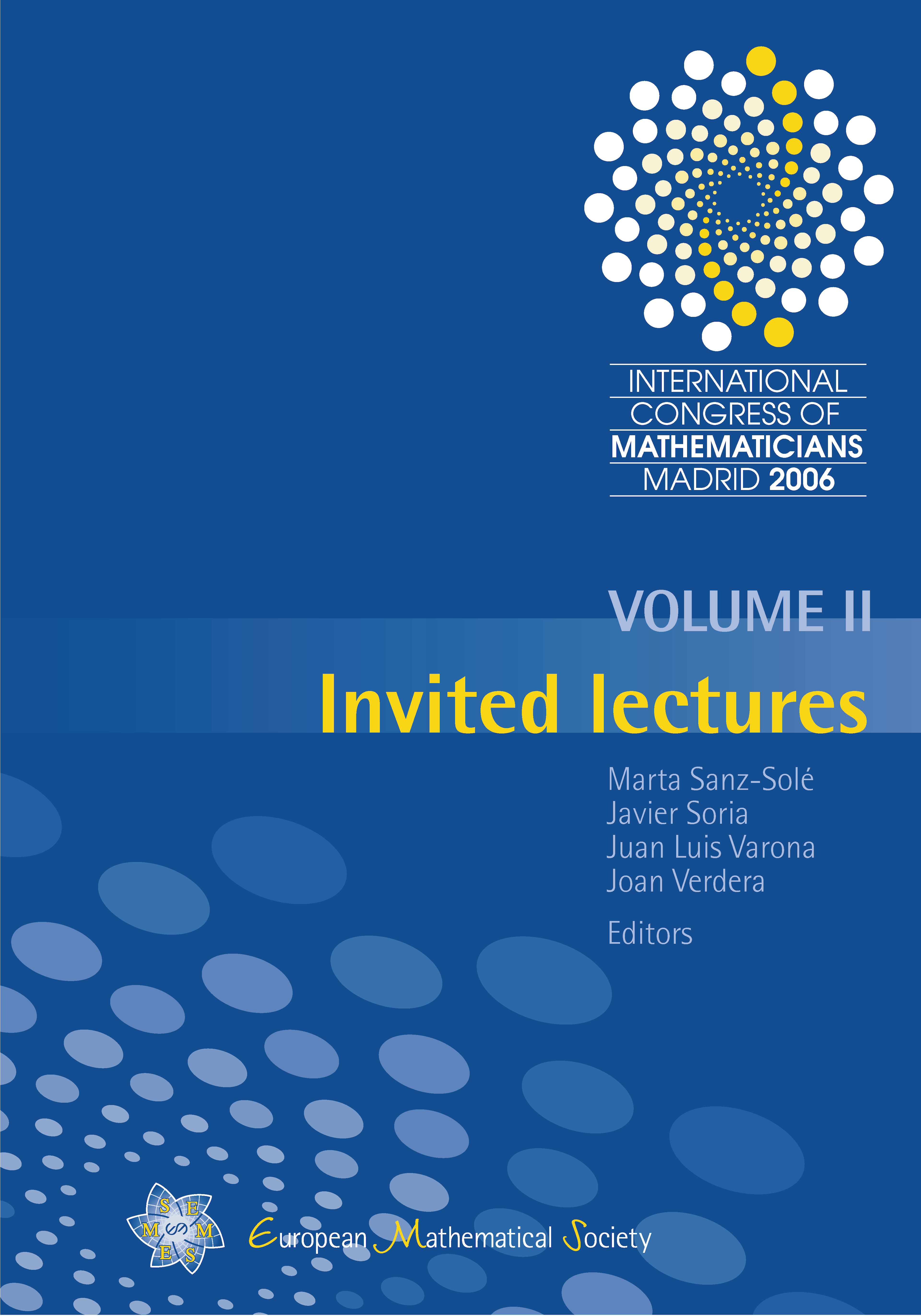Higher composition laws and applications
Manjul Bhargava
Princeton University, United States

A subscription is required to access this book chapter.
Abstract
In 1801 Gauss laid down a remarkable law of composition on integral binary quadratic forms. This discovery, known as Gauss composition, not only had a profound influence on elementary number theory but also laid the foundations for ideal theory and modern algebraic number theory. Even today, Gauss composition remains one of the best ways of understanding ideal class groups of quadratic fields.
The question arises as to whether there might exist similar laws of composition on other spaces of forms that could shed light on the structure of other algebraic number rings and fields. In this article we present several such higher analogues of Gauss composition, and we describe how each of these composition laws can be interpreted in terms of ideal classes in appropriate rings of algebraic integers. We also discuss several applications of these composition laws, including the resolution of a critical case of the Cohen–Lenstra–Martinet heuristics, and a solution of the long-standing problem of counting the number of quartic and quintic fields of bounded discriminant. In addition, we describe the mysterious relationship between these various composition laws and the exceptional Lie groups. Finally, we discuss prospects for future work and conclude with several open questions.